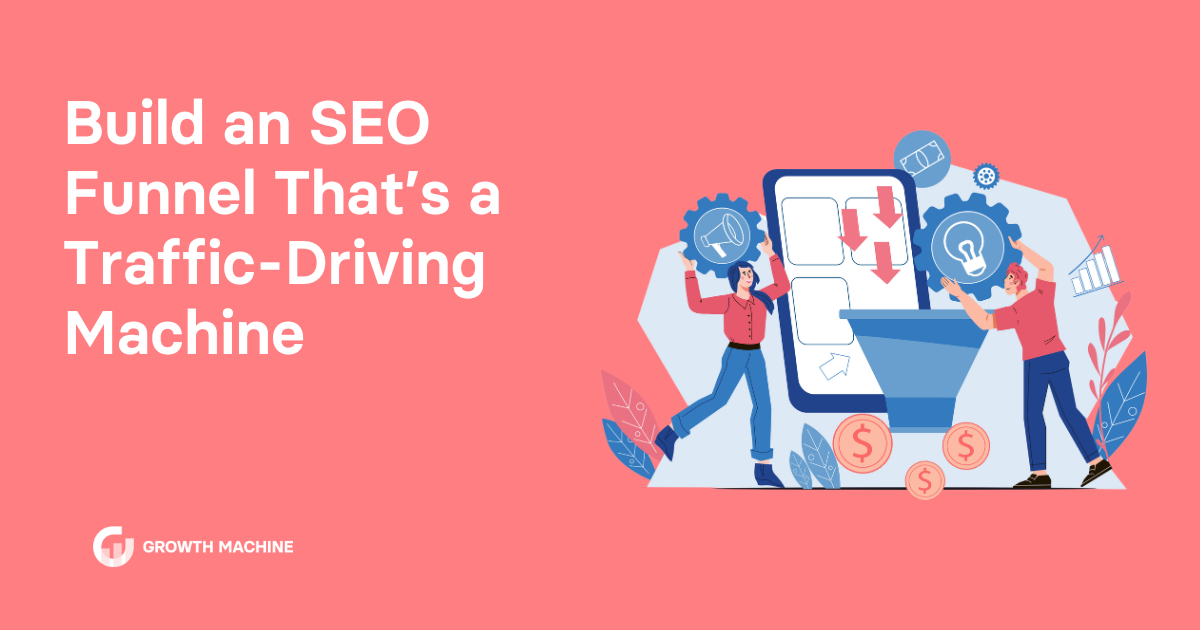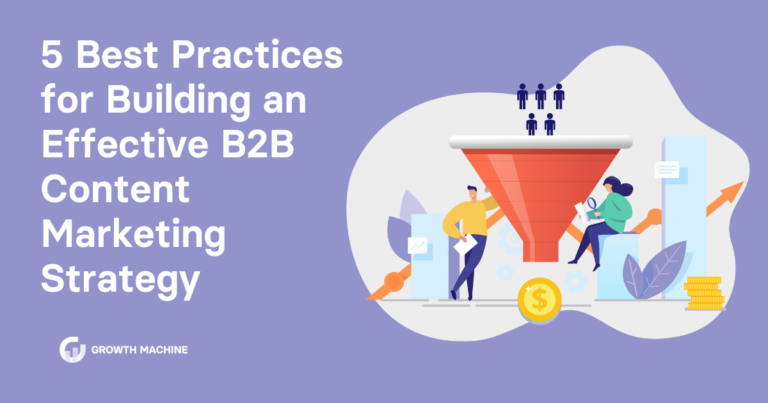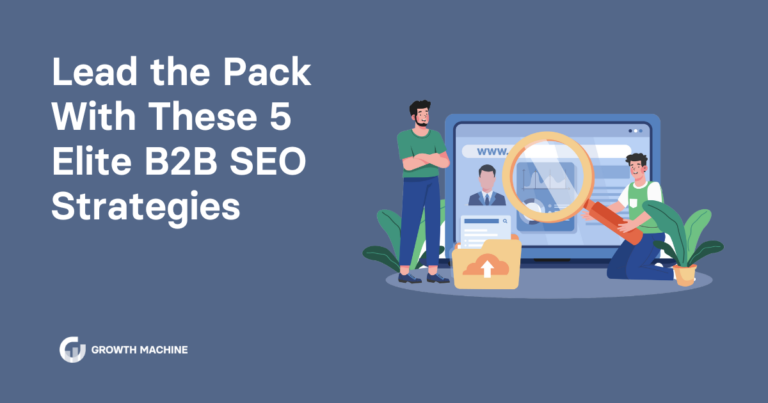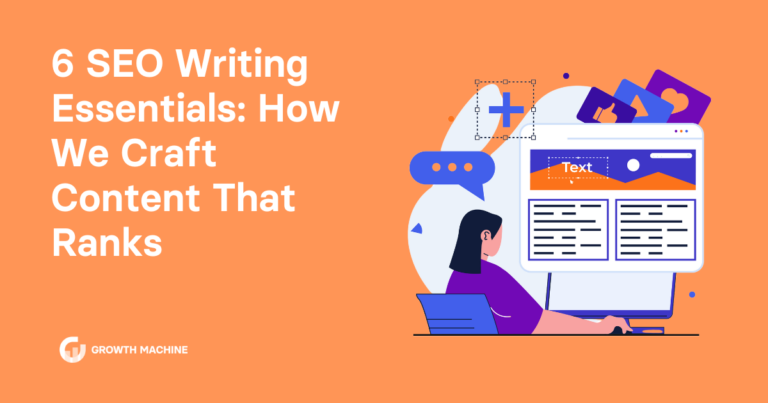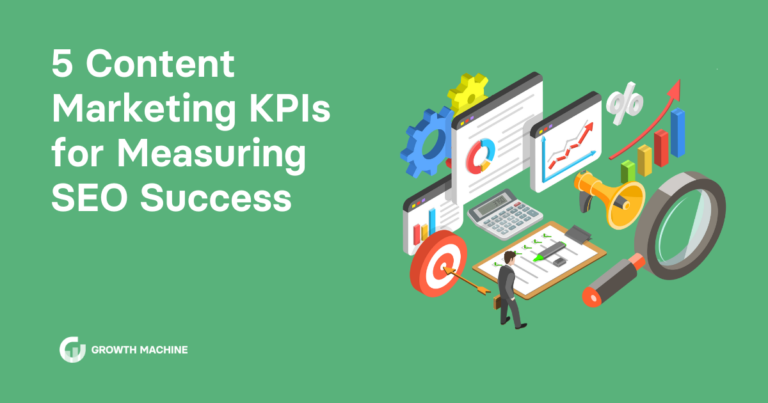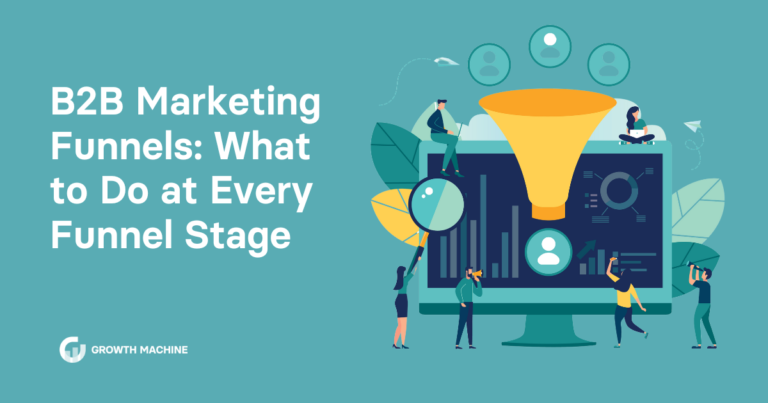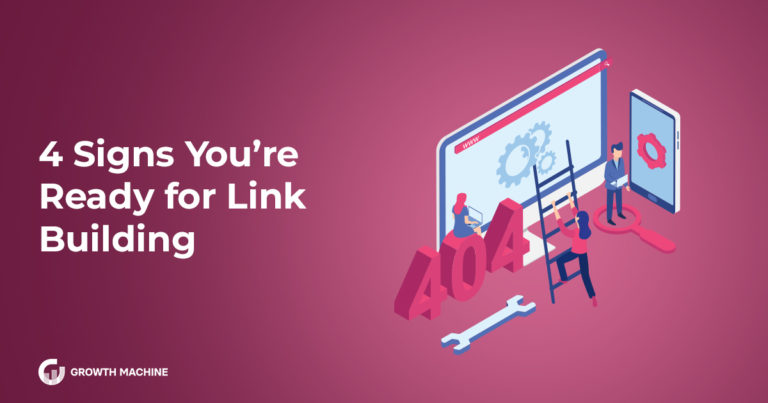Build an SEO Funnel That’s a Traffic-Driving Machine
Search engine optimization (SEO) can improve your website’s rankings in so many ways. But when push comes to shove, your ranking in the search engine results pages (SERPs) comes down to the quality of your content.
Solid writing chops are a must, but your target audience wants more than fancy words on a screen. In fact, the most successful SEO content is tailored to where each customer is in their relationship with your brand. A structured SEO funnel helps you attract, engage, and convert users at different stages of the customer journey—from building brand awareness to driving conversions and fostering loyalty.
Sure, content marketing requires hard work, but why work harder than you should to engage with potential customers? Learning how to tailor your content marketing to user needs will help you drive more organic traffic, improve the user experience, and boost sales.
In this guide, we’ll explain what the SEO funnel is and why you need one, stat. We’ll also break down each stage of the SEO funnel and share actionable strategies to optimize your content for maximum impact.
What Is the SEO Funnel?
The SEO funnel guides searchers through different stages of the customer journey through high-quality content. It mirrors a more traditional marketing funnel by addressing the specific needs of potential customers at each stage: top of the funnel (TOFU), middle of the funnel (MOFU), and bottom of the funnel (BOFU). The stages are also called Awareness, Consideration, and Decision.
While an SEO funnel is similar to a marketing funnel, it has a narrower focus. The SEO funnel captures leads through search traffic by sprinkling relevant keywords into your content. By aligning the SEO funnel with the sales funnel, you can craft an SEO strategy that meets users’ needs at each stage of the funnel, fostering lasting relationships with your target audience.
Why Do I Need an SEO Funnel?
Some businesses prefer to do SEO “organically” and without a plan. This approach can get results, but it will take more time and effort to pull off. An SEO funnel provides a targeted framework for getting results from your SEO efforts.
If you’re on the fence about taking the time to create an SEO funnel, consider just a few of its benefits:
- Deliver on customer intent: Someone who just found your website has different needs from someone who’s been a regular buyer for years. These two audiences have different needs and expect vastly different content from your website. Creating content for each stage of the customer journey helps you better match search queries, improving the user experience and organic traffic in the process.
- Boost conversions: An SEO funnel attracts qualified leads to your business. Not every lead will become a customer, but a funnel is helpful for moving more folks through to the conversion stage.
- Improve the user experience: We’ve said it before, and we’ll say it again: What’s good for users is also good for search engine rankings. A strong SEO funnel encourages you to write more relevant content, which makes users happy. And happy users are much more likely to become customers.
Creating a funnel requires some upfront strategy, but it’s worth the payoff. You’re free to build an SEO funnel yourself, or you can press the easy button and let Growth Machine do it for you. Our SEO experts create a custom content strategy tailored to the unique needs of your users for every stage of the SEO funnel.
Not sold? See how our approach boosted website traffic for an e-commerce client by over 11,200%.
How to Create Content for Every Stage of the SEO Funnel
Whether you’re just getting started with content marketing or need new ideas for bringing potential customers to your website, an SEO funnel is a must-have. Follow these guidelines to write eye-catching content at every stage of the funnel.
Awareness
In the awareness stage, your target audience is just looking for information. They’re usually looking for answers to a certain problem, but they certainly aren’t ready to throw money at it just yet.
At this stage, you want to position your brand as a helpful authority. Don’t focus too much on your accomplishments or features—we’ll get to that in the next stage. Instead of going in with a hard sell, you should focus on creating high-quality, detailed content that thoroughly answers their questions.
That means creating content like:
- Educational articles: Write content optimized for relevant keywords and search queries that align with your audience’s pain points. Use SEO tools like Ahrefs or Google Analytics to identify topics with high search traffic and low competition.
- FAQs: Search engines are increasingly pushing for more zero-click searches, where people can get quick answers without clicking through to your website. Position yourself to show up on these searches by including frequently asked questions on all of your landing pages, product pages, and blogs.
- Infographics: A picture says a thousand words. Awareness-stage users are looking for simple, digestible answers. If you can succinctly explain a complicated idea or process with a slick infographic, you’ll turn more heads (and gain a few backlinks in the process).
- Video explainers: Not everyone is into reading blogs or even looking at infographics. You can catch more organic traffic by generating short, high-quality explainer videos on YouTube or TikTok.
Some folks will fall out of the SEO funnel at this stage, and that’s okay. The people who find value in your brand will continue their journey to the Consideration stage.
Consideration
In the Consideration stage, people are aware of their problem and are actively exploring solutions to fix it. If you did your job in the Awareness stage, your audience will start considering your brand as the answer to their needs.
Now’s the time to dazzle potential customers with details about your brand. But you still shouldn’t spam them with boring feature lists. Consideration stage users don’t really care about that; they want to know how your brand solves their problems. What value do you provide? How will you make their life better?
At this stage of the SEO funnel, invest in content like:
- Success stories: Detailed case studies are a helpful way to show how you solve client problems. Highlight real-world examples and testimonials of how your product helps others to get some much-needed social proof and credibility.
- Comparison guides: Chances are, you have competitors. Comparison guides help your audience untangle what makes you different from every other solution on the market. Again, the goal here isn’t to talk about yourself—make the potential customer the star of the show.
- Webinars and demos: How-to videos, tutorials, and webinars are helpful for giving users a better idea of what your product or service is actually like (without giving away the secret sauce).
Decision
Here’s where things get juicy. At the Decision stage, users are ready to choose a solution. Not to spook you, but this is arguably the most crucial point of the SEO funnel. At this stage, your focus should be on converting interested users into paying clients.
The goal is to eliminate doubt and showcase why your brand is (obviously) the best choice for their needs. Now’s the time for salesy language and appeals tailored to making a transaction.
Effective Decision stage SEO funnel content includes:
- Landing pages: Create highly targeted landing pages optimized with relevant keywords and compelling calls to action (CTAs) that encourage users to take the next step. Don’t create one landing page for all of your campaigns; create separate ones tailored to different keywords, audiences, and campaigns to boost conversion rates.
- Optimized product pages: If you’re in e-commerce, product pages do a lot of the selling for you. Take a good, hard look at your e-commerce listings to verify product details, titles, and even your back-end alt text to nudge users to make a purchase.
- Remarketing content: It’s frustrating, but plenty of people will add an item to their cart or sign up for a demo and … disappear. It happens! Instead of letting these warm leads disappear, create remarketing campaigns to bring them back into the fold. That includes retargeting ads and email reminders, although a well-timed discount doesn’t hurt, either.
While there are three main parts to the SEO funnel, it’s important to realize that your work isn’t done once a Decision stage customer converts. You want to keep them around for the long haul, which requires ongoing retention.
At the retention stage, your goal is to preserve customer loyalty and engagement. Offer these customers loyalty programs, user-generated content from other happy shoppers, personalized emails, and social media engagement to keep the party going.
Digital Marketing Done for You
It takes a little elbow grease to strategize different types of content for each stage of the SEO funnel. Still, the payoff is worth it. Whether you’re struggling to get traffic to your content or don’t know where to start, an SEO funnel provides a helpful framework for winning over more customers.
The tips in this guide are a good start, but you still need time and capacity to create funnel-optimized content. There’s no need to spend hours a week creating content yourself—outsource the heavy lifting to Growth Machine. Our expert SEO and marketing pros handle everything from designing your funnel to writing all-star copy that wins you more clients for less hassle.
It’s time to level up. Contact Growth Machine today to design your SEO funnel.

